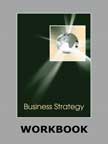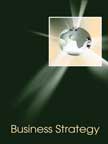Whole Foods Market's Growth Strategies and Future Prospects |
ICMR HOME | Case Studies Collection Please note: This case study was compiled from published sources, and is intended to be used as a basis for class discussion. It is not intended to illustrate either effective or ineffective handling of a management situation. Nor is it a primary information source. |
||||||||||
ExcerptsThe Whole Foods Experience
Another reason for the popularity of the local farmers' markets was that the produce was priced rather reasonably, when compared to retail chains like WFM, which typically charged a premium... Growth through DifferentiationOne of the biggest drivers of WFM's growth in the years since its inception was the company's unique value proposition as a retailer committed to natural and organic foods and environment- friendly operating practices. This differentiated it from regular retailers. In addition, it also set it apart from other natural foods retailers who could not generally match WFM's size and scope.
According to analysts, this culture played an important role in the growth and success of the company, by allowing it to grow without the burden of bureaucratic practices...
|
Case Studies Links:-
Case Studies,
Short Case Studies,
Simplified Case Studies. |



